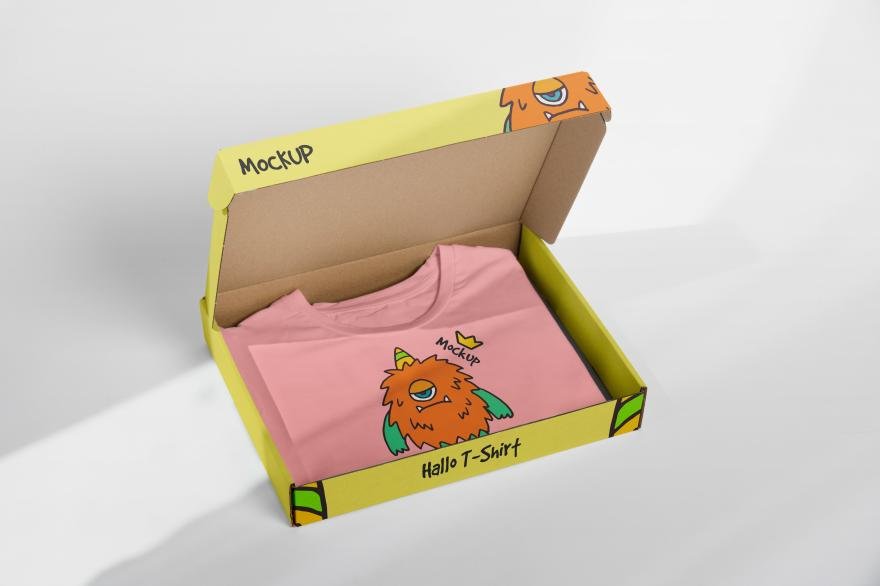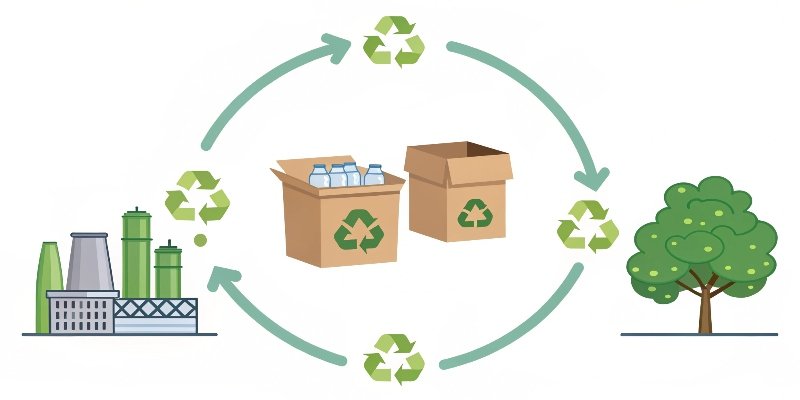Are you struggling to make your brand stand out? Your clothing packaging might be letting you down. Avoid these common mistakes that hurt your brand and customer experience.
The biggest mistakes are choosing the wrong size, using low-quality materials, and inconsistent branding. These errors increase costs, damage clothing, and weaken your brand. Prioritizing proper fit, material quality, and brand consistency is key.

Over my 16 years in the packaging industry, I've seen so many brands make the same costly errors. It's frustrating because these are often simple things to fix. Getting them right can make a huge difference for your business. Let's break down these common mistakes so you can avoid them and create packaging that makes your clothing line look its best.
Is Your Packaging Hurting Your Brand Image Instead of Helping It?
You invested in beautiful clothes. But does cheap-looking packaging undermine that effort? Your customer's first physical interaction with your brand is the box, so you need to make it count.
Yes, poor packaging can absolutely hurt your brand. Inconsistent branding, low-quality materials, and a design that doesn't match your clothing's price point can make your products seem less valuable. Your packaging must align with your brand's identity.

Why Your Brand and Materials Must Match
Your packaging is a silent salesperson. It tells a story before the customer even sees the product. If your clothing is high-end, but it arrives in a flimsy, plain mailer, it creates a disconnect. The customer instantly questions the value of their purchase. I once worked with a client who sold beautiful silk shirts but used generic poly mailers. Their customer feedback was full of complaints about the "cheap" presentation. After we switched them to a custom-designed, branded rigid box with tissue paper, their repeat purchase rate went up by nearly 20%. The product didn't change, but the perceived value did.
How Materials Signal Quality
The materials you choose directly reflect your product's quality. For a designer, balancing cost and aesthetics is a constant challenge, but this is not the place to cut corners too much. Think about what your choice says about your brand.
| Material Type | Perceived Brand Value | Best For |
|---|---|---|
| Thin Corrugated Cardboard | Standard, Economical | Basic shipping, e-commerce startups |
| Kraft Paper / Recycled Board | Eco-conscious, Natural | Sustainable or organic brands |
| Coated Paperboard | Polished, Professional | Mid-range fashion and retail |
| Rigid Board (Gray Board) | Luxury, Premium, Sturdy | High-end apparel, gift sets |
Choosing the right material ensures the packaging not only looks good but feels right in the customer's hands, reinforcing the quality they expect from your clothes.
Are You Overlooking the Practical Side of Clothing Packaging Design?
Exciting designs are great, but are they practical? Packaging that's too big, hard to open, or fails during shipping creates a terrible customer experience and adds unnecessary costs to your business.
Many brands focus on looks and forget about function. The biggest practical mistakes are incorrect sizing, which wastes money, and poor structural design that fails to protect the garments. Function and durability are just as important as aesthetics.

The "Goldilocks" Rule for Sizing
Getting the size "just right" is a huge deal. If the box is too big, you pay more for shipping, both in dimensional weight and in void-fill materials like bubble wrap or tissue paper. It also looks wasteful to the customer. If the box is too small, you risk creasing or even damaging the clothing inside. I always advise my clients to create a few standard box sizes that work for a range of their products. For example, one size for t-shirts and another for hoodies or jeans. This approach, which I call the "Goldilocks" rule, streamlines inventory and keeps costs down while making sure the clothes arrive safely and neatly presented.
Designing for a Smooth Unboxing
The unboxing experience should be easy and enjoyable, not a struggle. Avoid designs that require excessive tape, are difficult to open, or could potentially damage the product when the customer tries to get inside. A simple tear strip or an easy-to-lift lid can make all the difference. Think about the entire journey. How does the customer open it? What do they see first? Adding a simple touch, like branded tissue paper or a "thank you" card right on top, instantly elevates the experience from simply receiving a package to unboxing a gift.
Here is a quick checklist for practical design:
- Is it easy to open? (e.g., uses a tear strip)
- Is the size optimized? (avoids extra shipping fees)
- Is it durable enough for shipping? (passes a drop test)
- Is it easy to assemble? (for your fulfillment team)
Could Your Packaging Choices Be Alienating Your Customers?
Your brand claims to be modern and conscious. But is your packaging sending a different message with excessive plastic and materials that can't be recycled? This disconnect can cost you valuable customers.
Absolutely. Modern consumers, especially in fashion, demand sustainability. Using non-recyclable materials or excessive packaging can turn off eco-conscious buyers. Sustainable options are no longer a bonus; they are a necessity for modern brands.

Meeting Modern Consumer Expectations
Sustainability isn't just a trend; it's a core value for a growing number of shoppers. Your packaging is a very visible statement of your brand's commitment to the environment. If a customer receives a small t-shirt in a huge box filled with plastic air pillows, it creates a negative impression. They see waste, and they associate that waste with your brand. As a packaging professional, I've seen a massive shift in requests over the last five years. At Giftspack, we are constantly exploring new materials because our clients—and their customers—are demanding better, greener options. Ignoring this shift is a direct risk to your brand's reputation and relevance in the market.
Balancing Sustainability and Protection
The good news is that you don't have to choose between being sustainable and protecting your products. The innovation in eco-friendly materials is incredible. Designers now have a wide range of options that are both effective and responsible. The challenge is knowing which material is right for your product and brand.
Here are some popular sustainable options:
| Material | Pros | Cons |
|---|---|---|
| FSC-Certified Paper | Responsibly sourced, recyclable, high-quality printing. | Can be more expensive than non-certified paper. |
| Recycled Cardboard | Reduces waste, often has a rustic aesthetic. | Can be less rigid than virgin material. |
| Compostable Mailers | Breaks down in a compost environment, reduces plastic waste. | May not be suitable for heavy items; requires proper disposal. |
| Soy-Based Inks | Eco-friendly, produces vibrant colors. | Can take longer to dry during printing. |
By working with an experienced packaging partner, you can find the right balance that protects your clothing, delights your customers, and aligns with your brand's sustainable values.
Conclusion
Avoiding mistakes with sizing, branding, and sustainable materials helps you create packaging that protects your product. Good packaging builds your brand image and keeps your customers happy.






